Sanitary rules and regulations (SanPiN) developed at the Research Institute of Labor and Medicine RAMS. The instructions were approved and subsequently put into effect by the relevant Resolution of the State Committee for Sanitary and Epidemiological Supervision No. 21 of October 1. 1996 year Next, we consider the basic requirements of sanitary norms (rules) and types of liability for their violation. 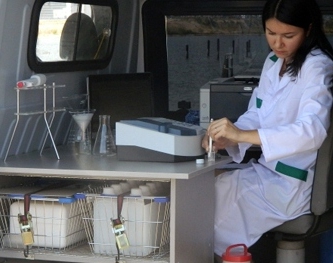
General information
Sanitary and hygienic rules and norms are special acts in accordance with which criteria for the safety or safety of environmental factors for people are established. They also determine the conditions for ensuring a favorable atmosphere for life. Sanitary standards are mandatory for all state bodies, public associations, institutions, enterprises and other business entities. Compliance with the requirements should be carried out by all legal entities regardless of their forms of ownership and subordination. Compliance with sanitary standards is mandatory for individuals, regardless of position and status.
A responsibility
A guilty (reckless or intentional) unlawful behavior acts as a sanitary offense, encroaching on the rights of citizens and public interests regarding evasion of execution or improper implementation of relevant standards. For citizens, officials who have committed such a violation, administrative, disciplinary, and in some cases criminal liability is provided. 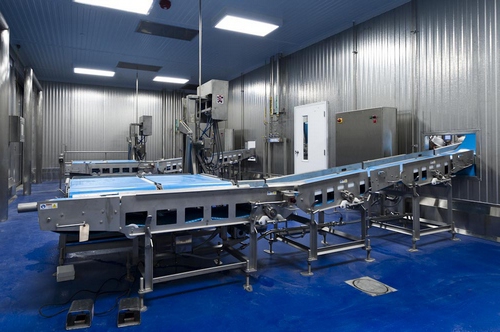
Application area
Each requirement of sanitary standards is necessary to prevent the negative impact of the microclimate at workplaces, in industrial premises - on the working capacity, well-being, emotional state of people. The requirements apply to the conditions of all industrial areas. References to the mandatory compliance with the sanitary standards in force in Russia should be included in the technical documentation: standards, construction indicators, technical specifications and other acts that govern the operational characteristics of engineering, sanitary, technological equipment, production facilities.
Control activities
All enterprises should oversee the implementation of regulations. Sanitary standards provide standards for mode of work and rest, carrying out preventive measures aimed at preventing the incidence of workers. The heads of institutions, organizations and enterprises, regardless of their form of ownership, in order to ensure control over production processes should bring all jobs and workshops as a whole in accordance with established criteria. 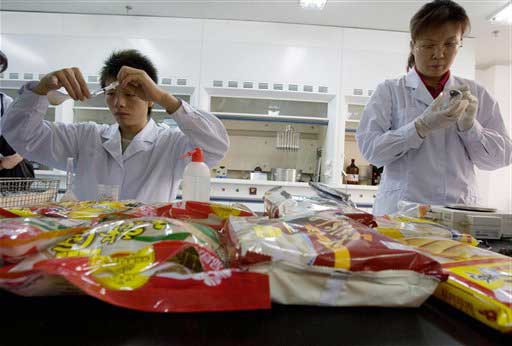
State supervision
Control over how sanitary standards are implemented is carried out by the relevant authorized bodies. In particular, control measures are carried out by institutions of the State Sanitary and Epidemiological Service of the Russian Federation. Departmental supervision is carried out by the authorities of the sanitary-epidemiological profile, authorized by the relevant departments and ministries. Control over the reconstruction of existing and construction of new production facilities is carried out at the stages of design and commissioning. At the same time, the nature of the technological process is taken into account, and the compliance of engineering and technological equipment with current standards is checked. Special attention is paid to the condition of air conditioning, ventilation, heating.
Commissioning of facilities
Project documentation for the reconstruction and construction of production facilities should be agreed with the institutions and bodies of the State Sanitary and Epidemiological Service. The commissioning of industrial facilities should be carried out with the mandatory participation of representatives of the supervisory authority. This is necessary to assess the compliance of the hygienic indicators of the microclimate with the current sanitary standards. 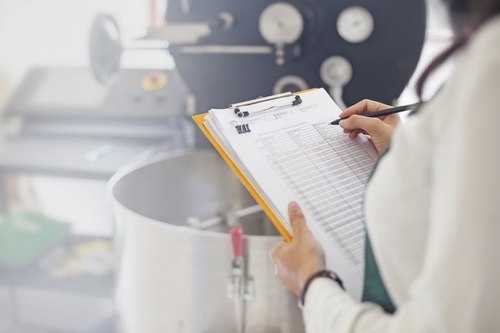
Links to legal acts
Sanitary standards for industrial premises are established in the following documents:
- Regulations on the State Sanitary and Epidemiological Service of the Russian Federation and standardization, approved by the government Decree.
- Law "On the sanitary-epidemiological welfare of the population."
- Guidelines governing the general procedure for the design, presentation, compilation of methodological documents.
Climate indicators
Sanitary standards are established taking into account the intensity of energy costs of workers, the time required to perform work, seasonality. They contain guidelines on methods for measuring and controlling the microclimatic conditions of industrial premises. The established sanitary standards are designed to ensure the preservation of the thermal balance of a person with his environment, as well as maintain an acceptable or optimal state of the body. The main indicators that characterize the microclimatic conditions of production include:
- Air temperature.
- Relative humidity
- Surface temperature.
- Air speed
- Heat flow rate.

Optimal conditions
They are established in accordance with the criteria for the permissible functional and thermal conditions of workers. Optimal conditions provide a local and general feeling of comfort during an eight-hour shift with a minimum voltage level of the mechanisms responsible for temperature regulation. They do not provoke deviations in the well-being of people, form the prerequisites for increasing efficiency and are considered the most preferable in the workplace. When setting standards, the surface temperatures of enclosing structures and structures (floor, walls, ceiling), devices (screens, etc.), as well as process units or their fencing, are taken into account.
Production list
Optimal microclimatic indicators should be established at workplaces in production rooms where operator-type work is performed, associated with neuro-emotional overstrain. This, in particular, is about posts, consoles and control booths of technological cycles, rooms of computing equipment and so on. The list of other jobs and activities for which it is necessary to ensure optimal microclimatic indicators is established by the current Sanitary Rules for specific industrial sectors and other legal acts agreed with the bodies of the Sanitary Inspection in the established order. 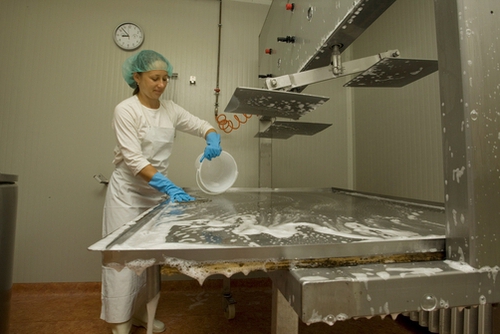
Valid Parameters
They are established in accordance with the criteria of the limiting functional and thermal state of a working person during an eight-hour shift. These indicators do not provoke disturbances in the state of health or any damage to the body, however, they can lead to the appearance of local and general sensations of temperature discomfort, tension of the mechanisms responsible for thermoregulation, decreased ability to work, and general well-being. Allowable parameters are set at the factory if optimal working conditions cannot be created. The reasons for the impossibility of collateral must be economically and technically justified. Permissible values are calculated taking into account seasonality and features of production processes. 
Finally
Authorized supervisory organizations periodically check the compliance of production conditions with applicable standards. These events can be planned or unscheduled. In this regard, in order to avoid negative consequences, managers should carry out regular internal audits of production facilities. The health of the personnel and, as a result, the level of productivity and profitability of the enterprise depend on microclimate indicators.








